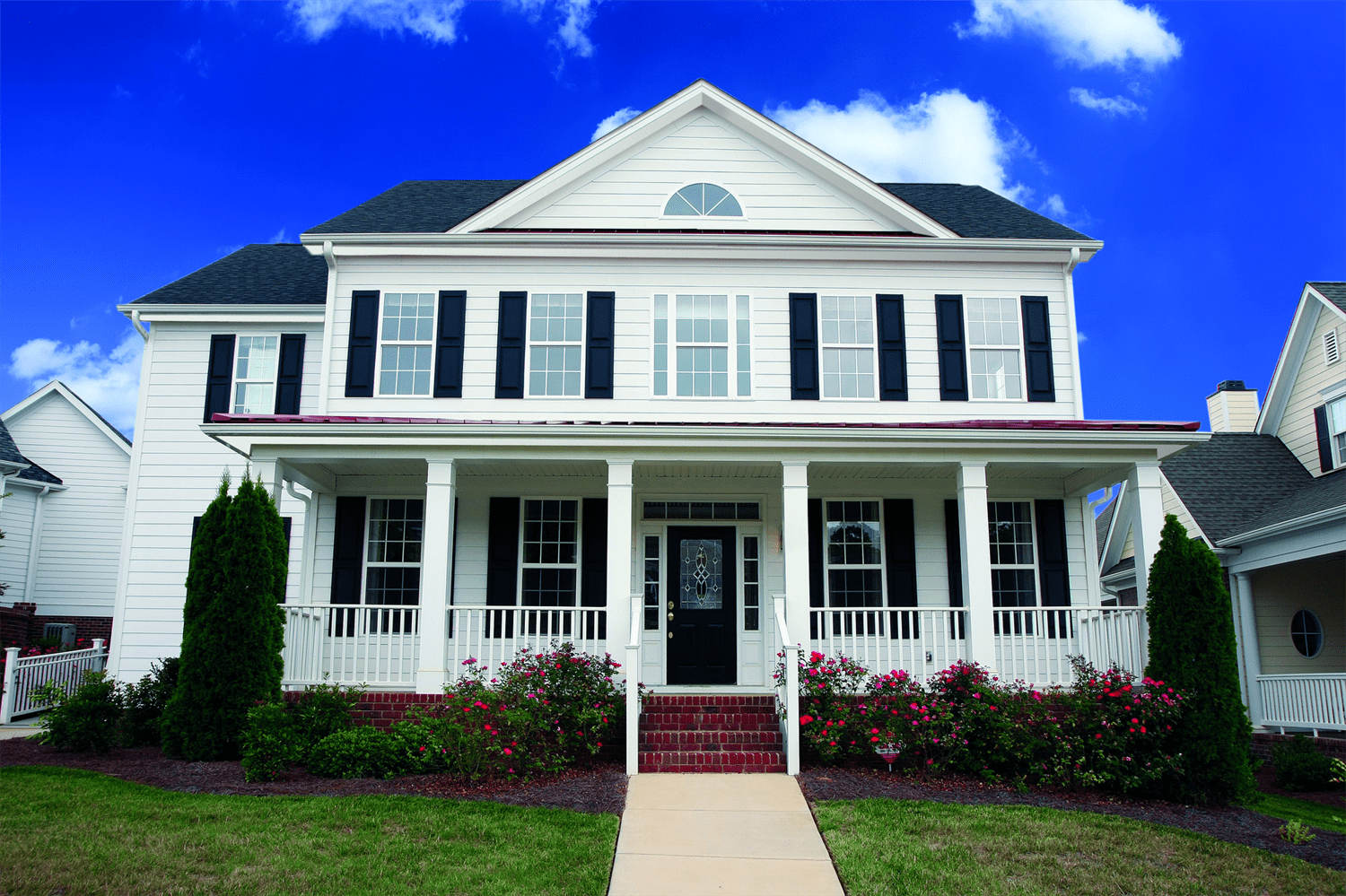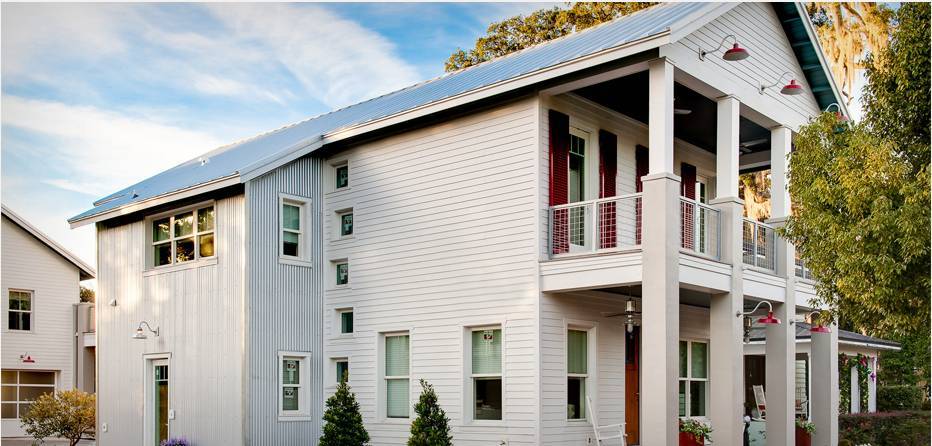What Is The Most Common Mistake When Installing Vinyl Siding?
Vinyl siding is a popular choice for homeowners seeking a durable, low-maintenance exterior. With its versatility, cost-effectiveness, and aesthetic appeal, it's no wonder that many opt for vinyl to enhance their home’s curb appeal. However, as simple as it may seem, the installation process can be fraught with pitfalls. In this article, we’ll explore common mistakes made during vinyl siding installation, particularly focusing on the critical errors that can lead to long-term issues.
Understanding Vinyl Siding Installation
What Is Vinyl Siding?
Vinyl siding is a form of exterior cladding made from polyvinyl chloride (PVC) resin. It’s designed to mimic the appearance of wood or other materials while providing superior durability and resistance to moisture.
Why Choose Vinyl Siding?
The reasons homeowners choose vinyl siding include:
- Low Maintenance: Unlike wood, which requires painting and sealing, vinyl siding only needs occasional washing.
- Cost-Effective: Vinyl siding is often less expensive than other materials.
- Energy Efficiency: Many vinyl options are insulated, helping reduce energy costs.
The Importance of Proper Installation
Proper installation is crucial to maximizing the benefits of vinyl siding. Incorrectly installed siding can lead to significant issues like water intrusion, mold growth, and reduced energy efficiency.
What Is The Most Common Mistake When Installing Vinyl Siding?
One of the most common mistakes when installing vinyl siding is failing to allow for proper expansion and contraction. Vinyl siding expands and contracts with temperature changes; neglecting this factor can lead to buckling or warping over time.
Why Does Expansion Matter?
Vinyl sidings are designed with a certain amount of flexibility. If they are fastened too tightly or installed without adequate spacing at the top or bottom edges, they cannot move freely as temperatures fluctuate.
How Can Homeowners Prevent This Mistake?
To mitigate this issue:

- Ensure that nails are driven into the center of each hole and not over-tightened.
- Leave an appropriate gap around windows and doors for expansion.
Planning Your Vinyl Siding Installation
Choosing the Right Materials
Selecting high-quality materials is essential for a successful installation. Not all vinyl sidings are created equal; some offer better warranties and performance ratings than others.
Factors to Consider When Choosing Vinyl Siding
Tools Required for Installation
Before starting your project, gather the necessary tools:
- Utility knife
- Hammer
- Level
- Measuring tape
- Circular saw
Prepping Your Home for Siding Installation
Inspecting Your Home’s Exterior
Before installing new siding, inspect your home’s exterior for any issues that need addressing:
- Check for rot or damage on existing structures.
- Ensure insulation is in good condition behind existing siding.
Cleaning the Surface
Cleaning the surface where you’ll be installing new siding helps ensure better adhesion and a smooth finish.
Steps in Installing Vinyl Siding
Step 1: Install House Wrap
House wrap provides an additional layer of protection against moisture intrusion while allowing moisture vapor to escape.
Step 2: Starting Strip Installation
A starting strip should be fixed along the bottom edge of walls where you will begin laying your first row of panels.
Step 3: Panel Placement
When placing panels:
- Lock each panel into place before fastening them down.
- Use a level throughout this process to ensure straight lines.
Common Mistakes Beyond Expansion Issues
Improper Fastening Techniques
Fastening panels too tightly can restrict movement:
Tip: Always follow manufacturer guidelines regarding nail placement and spacing.
Ignoring Manufacturer Instructions
Every brand has specific requirements – neglecting these can void warranties or lead to poor performance.
Ventilation Needs in Vinyl Siding Installation
Why Ventilation Matters
Sufficient ventilation prevents moisture build-up behind the siding which can lead to mold growth and Look at more info wood rot.
Creating Ventilation Paths
Ensure that your installation allows airflow by using vented soffits and ridge vents where applicable.
Seasonal Considerations in Installation
Best Time to Install Vinyl Siding
Spring or early fall tends to be ideal since temperatures are moderate which reduces expansion concerns during installation.

Post-Installation Inspection Tips
After completing your installation:
FAQs About Vinyl Siding Installation
1. What type of maintenance does vinyl siding require?
Vinyl siding generally requires minimal maintenance; regular cleaning with soap and water is sufficient.
2. How long does vinyl siding last?
When installed correctly, vinyl siding can last up to 30 years or more with little fading or damage.
3. Can I install vinyl siding myself?
While DIY installation is possible, hiring professionals like those specializing in "Siding Installation Walnut Creek" ensures quality work that adheres to local codes.
4. What should I do if my panels buckle?
If buckling occurs due to thermal expansion, you may need to loosen fasteners slightly or consult with a professional installer about corrective measures.
5. How do I select colors for my vinyl siding?
Consider your home's architectural style and surrounding environment when selecting colors; also check local regulations if applicable.
6. Are there eco-friendly options for vinyl siding?
Yes! Some manufacturers offer recycled options that reduce environmental impact while providing durability similar to traditional products.
Conclusion
In conclusion, understanding what the most common mistake when installing vinyl siding entails—and how best to avoid it—can save homeowners significant headaches in the future. By ensuring adequate allowance for expansion and contraction along with following proper installation practices—like those recommended by experts in "Siding Installation Walnut Creek"—you'll not only enhance your home's aesthetic but also prolong its life expectancy significantly!

Remember that attention to detail during preparation and installation phases cannot be overstated; it’s these small considerations that ultimately lead toward achieving excellent results with your new investment in home improvement!